Weimar’s Bauhaus Museum designed by Heike Hanada opens in Germany
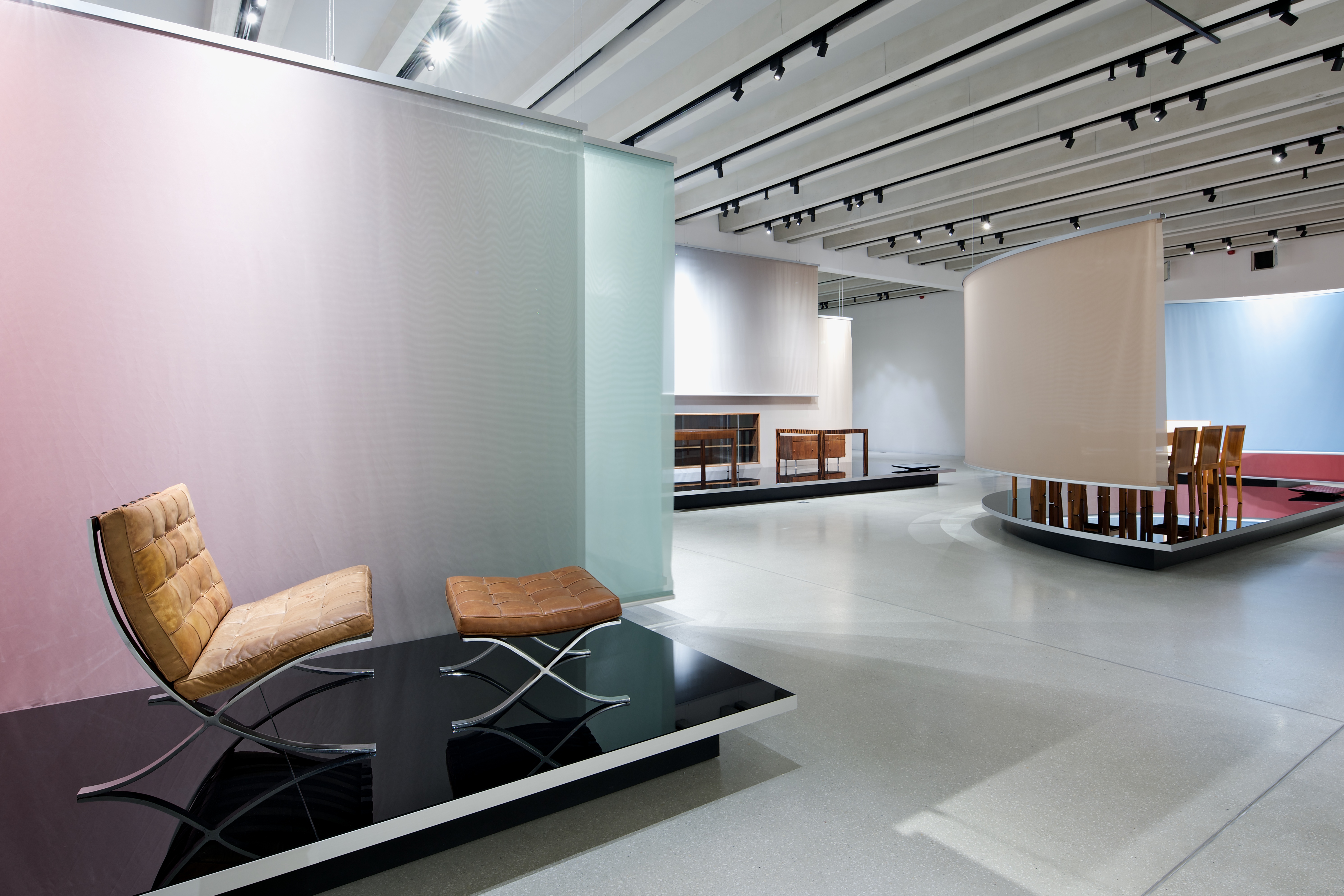
Weimar was the birthplace of Bauhaus – the modernist design and architecture school founded by Walter Gropius in 1919. It was the philosophy and style of Gropius and his teachings at the Bauhaus school, based in Weimar from 1919 to 1925 before it moved to Dessau, that came to largely define the movement in the 20th century. So when plans were announced for the relatively small German town to receive its own grand museum dedicated to Bauhaus, it was a development that felt not just fitting; but possibly even long overdue.
Now, the brand new structure has just opened, marking Bauhaus’ 100th anniversary, and is set to become a cultural heart for Weimar. Designed by architect Heike Hanada, the museum is a minimalist, white cube-shaped volume – a clean and elegant container for the precious and informative exhibits within (it contains temporary and permanent displays from the world’s oldest known Bauhaus collection).

The minimalist structure threw open its doors to the public over the weekend. Laboratory of Art and Architecture, 2019
Spanning five levels and some 2,000 sq m of exhibition space, the Bauhaus Museum Weimar highlights the movement’s history and celebrates the age of modernism. A dramatic, cascading staircase connects different levels. At night, specially designed lighting will illuminate the building’s façade accentuating its clean, sharp shape.
‘The museum is reduced to a clearly defined, geometric form’, says Hanada. ‘The enclosing shell of light grey concrete lends the cube stability and dynamic solidity.’ At the same time, the architect stresses that the building's connection to its context was very important, so open spaces around it and the welcoming, flowing staircase, were especially designed to draw people in and invite them to linger. Connections to nearby historical structures and parks also highlight the building’s sense of place.
‘When the Bauhaus Museum joins Weimar's museum landscape this weekend, the world will be watching,’ said Hellmut Seemann, president of Klassik Stiftung Weimar last week, ahead of the launch. And indeed it shall; revelling in the joy of seeing rare historical items on display – ahead of the country’s further Bauhaus-related openings upcoming this year including a new museum opening in Dessau this autumn
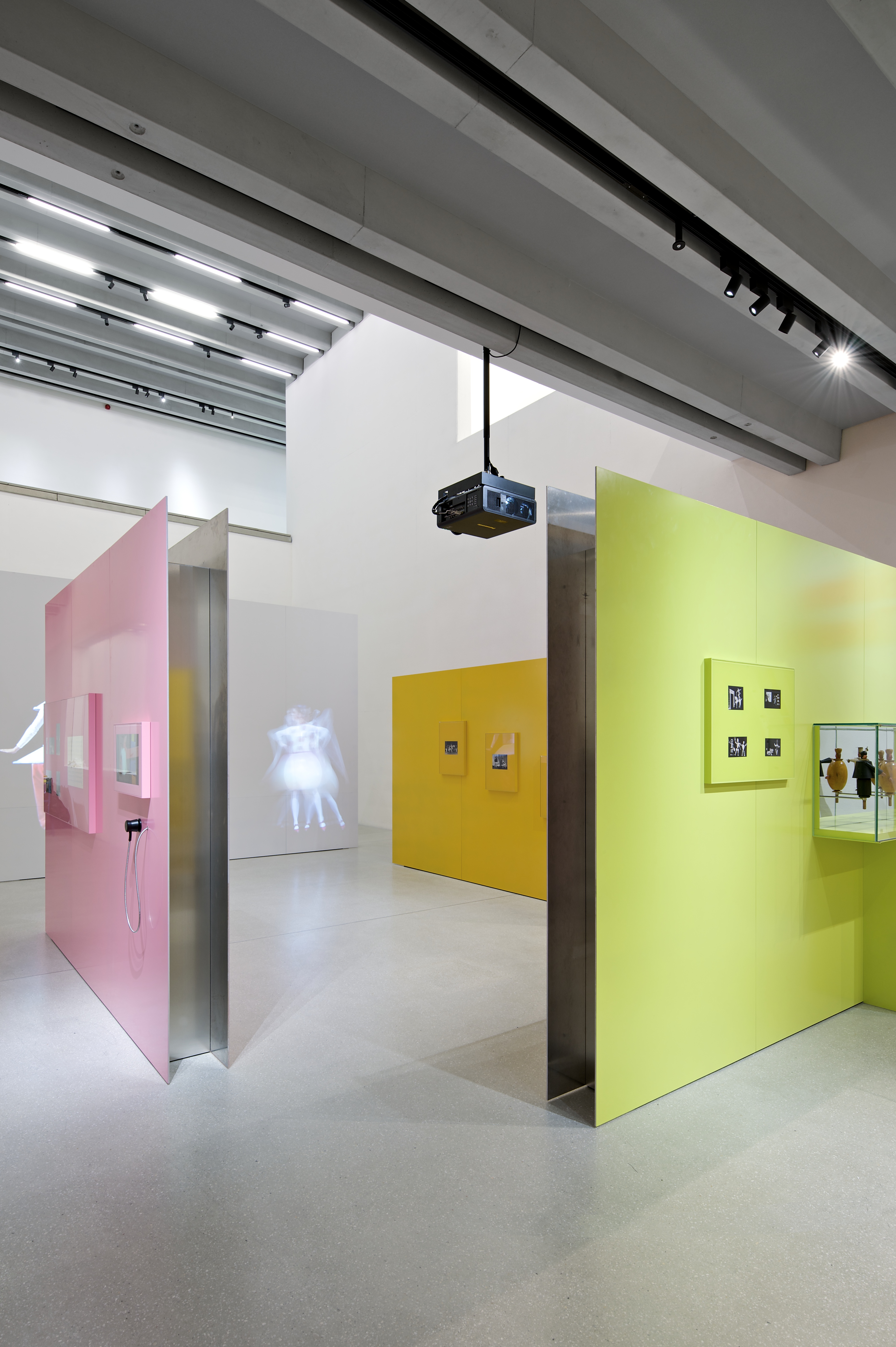
The building was designed by German architect Heike Hanada. Laboratory of art and architecture 2019

The cube-shaped museum also boasts an impressive night time illumination feature. Laboratory of art and architecture 2019
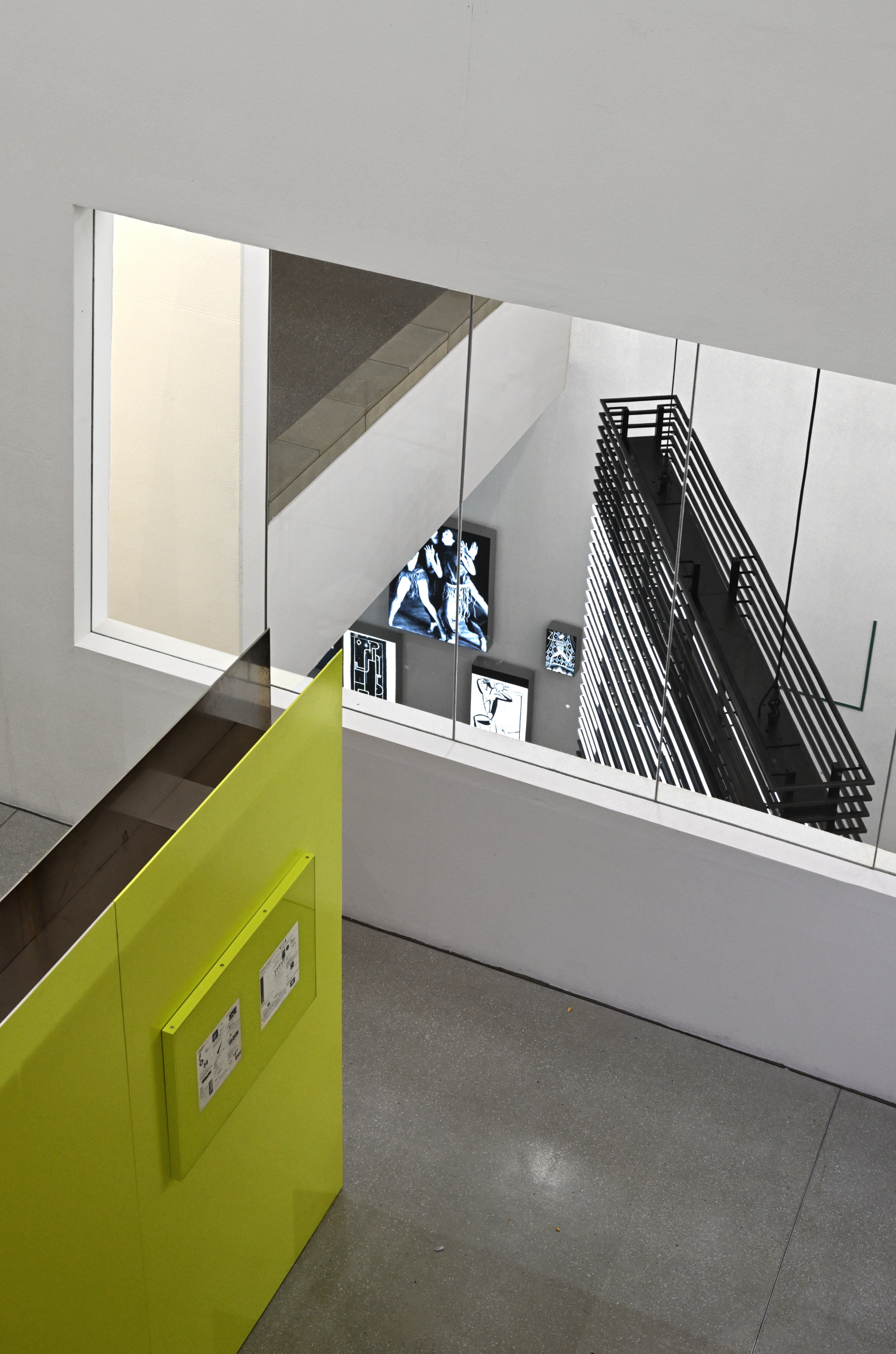
Inside, the structure spans five levels and some 2000 sq m of exhibition space. Laboratory of art and architecture 2019
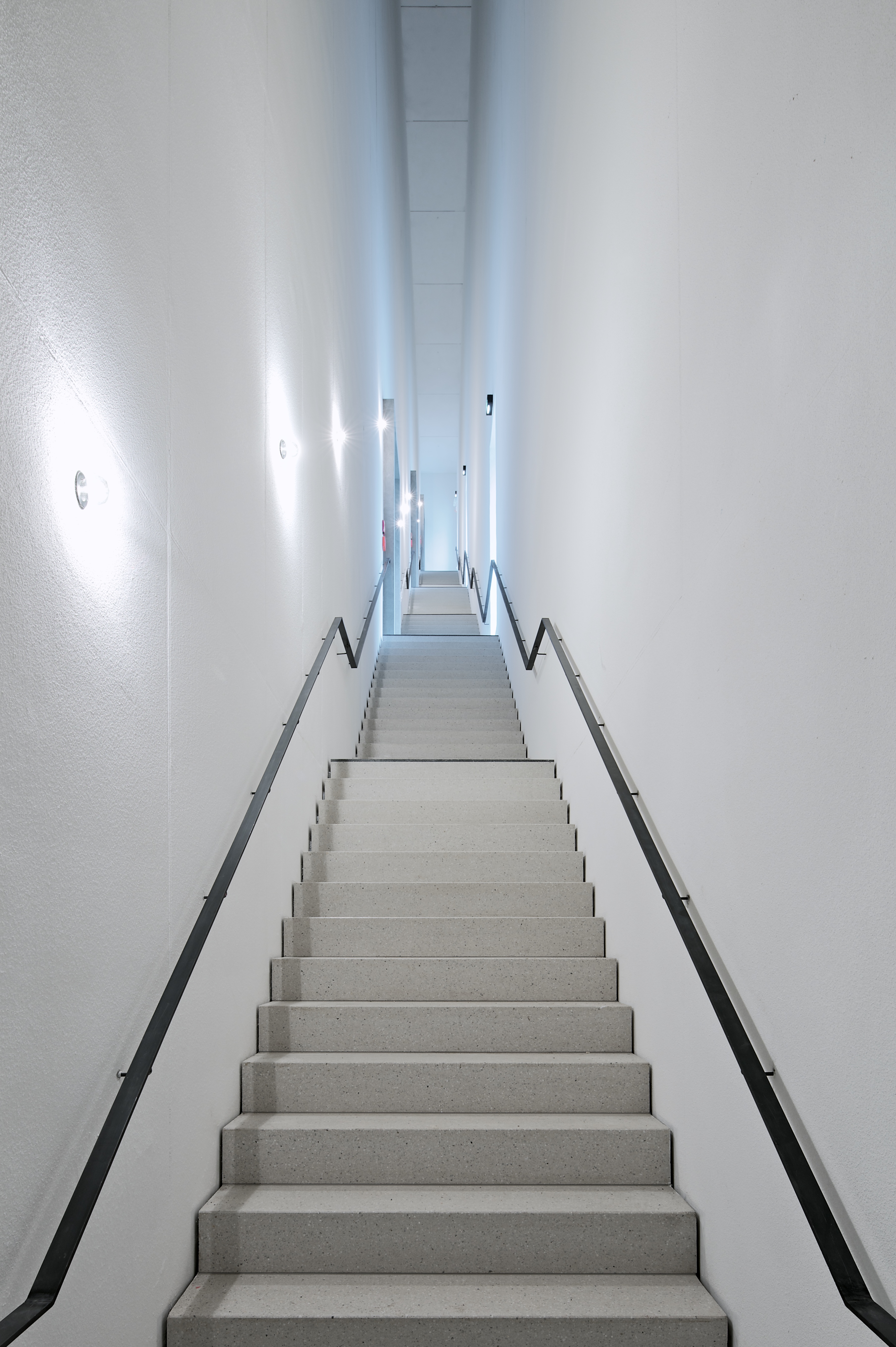
Exhibitions present items from the world's older Bauhaus collection. Laboratory of art and architecture 2019
INFORMATION
For more information, visit the Heike Hanada website
ADDRESS
Stéphane-Hessel-Platz 1
99423
Weimar
Germany
Receive our daily digest of inspiration, escapism and design stories from around the world direct to your inbox.
Ellie Stathaki is the Architecture & Environment Director at Wallpaper*. She trained as an architect at the Aristotle University of Thessaloniki in Greece and studied architectural history at the Bartlett in London. Now an established journalist, she has been a member of the Wallpaper* team since 2006, visiting buildings across the globe and interviewing leading architects such as Tadao Ando and Rem Koolhaas. Ellie has also taken part in judging panels, moderated events, curated shows and contributed in books, such as The Contemporary House (Thames & Hudson, 2018), Glenn Sestig Architecture Diary (2020) and House London (2022).
-
 ‘I want to bring anxiety to the surface': Shannon Cartier Lucy on her unsettling works
‘I want to bring anxiety to the surface': Shannon Cartier Lucy on her unsettling worksIn an exhibition at Soft Opening, London, Shannon Cartier Lucy revisits childhood memories
-
 What one writer learnt in 2025 through exploring the ‘intimate, familiar’ wardrobes of ten friends
What one writer learnt in 2025 through exploring the ‘intimate, familiar’ wardrobes of ten friendsInspired by artist Sophie Calle, Colleen Kelsey’s ‘Wearing It Out’ sees the writer ask ten friends to tell the stories behind their most precious garments – from a wedding dress ordered on a whim to a pair of Prada Mary Janes
-
 Year in review: 2025’s top ten cars chosen by transport editor Jonathan Bell
Year in review: 2025’s top ten cars chosen by transport editor Jonathan BellWhat were our chosen conveyances in 2025? These ten cars impressed, either through their look and feel, style, sophistication or all-round practicality
-
 From Bauhaus to outhouse: Walter Gropius’ Massachusetts home seeks a design for a new public toilet
From Bauhaus to outhouse: Walter Gropius’ Massachusetts home seeks a design for a new public toiletFor years, visitors to the Gropius House had to contend with an outdoor porta loo. A new architecture competition is betting the design community is flush with solutions
-
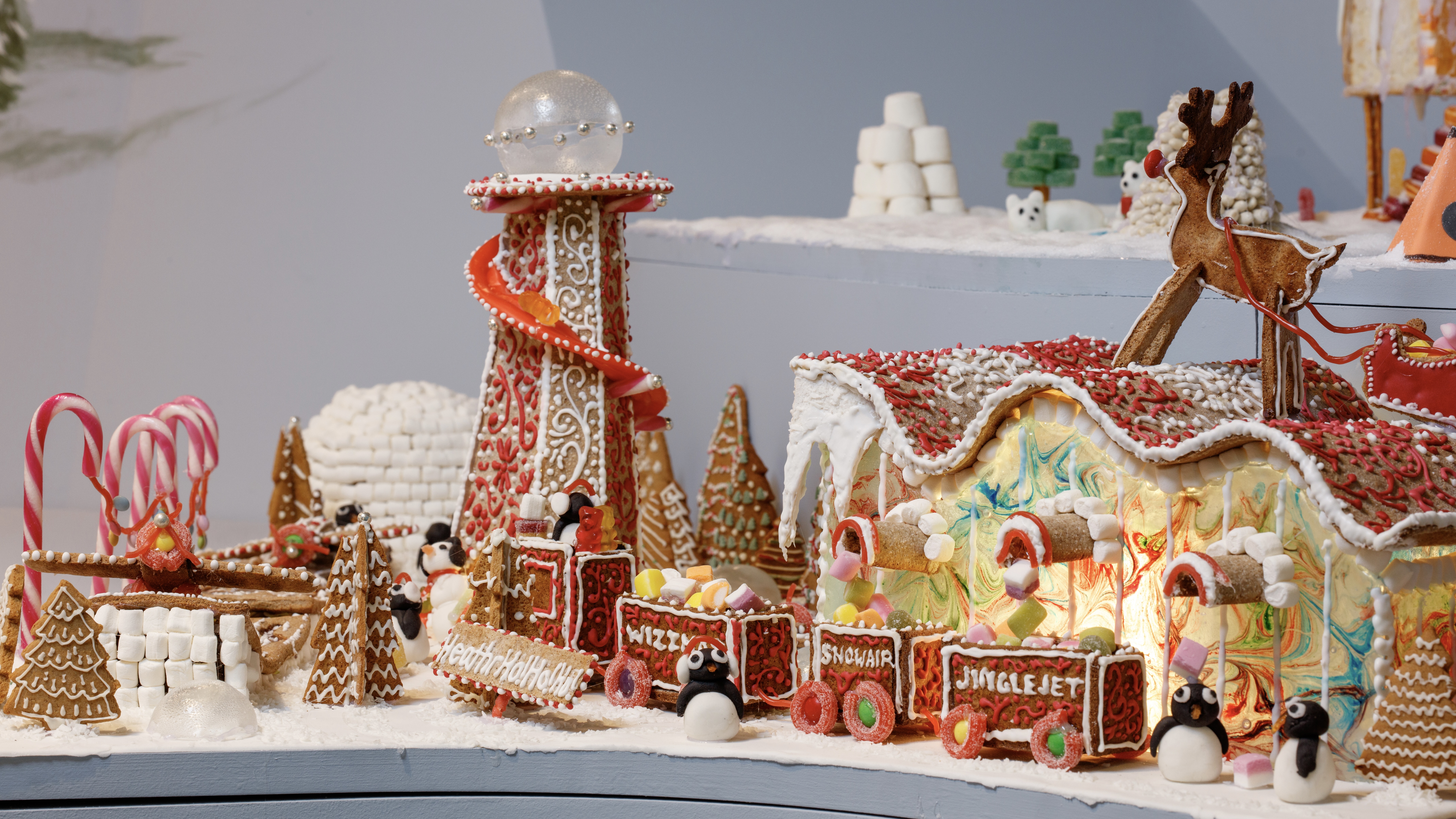 Welcome to The Gingerbread City – a baked metropolis exploring the idea of urban ‘play’
Welcome to The Gingerbread City – a baked metropolis exploring the idea of urban ‘play’The Museum of Architecture’s annual exhibition challenges professionals to construct an imaginary, interactive city entirely out of gingerbread
-
 The Grand Egyptian Museum – a monumental tribute to one of humanity’s most captivating civilisations – is now complete
The Grand Egyptian Museum – a monumental tribute to one of humanity’s most captivating civilisations – is now completeDesigned by Heneghan Peng Architects, the museum stands as an architectural link between past and present on the timeless sands of Giza
-
 Doshi Retreat at the Vitra Campus is both a ‘first’ and a ‘last’ for the great Balkrishna Doshi
Doshi Retreat at the Vitra Campus is both a ‘first’ and a ‘last’ for the great Balkrishna DoshiDoshi Retreat opens at the Vitra campus, honouring the Indian modernist’s enduring legacy and joining the Swiss design company’s existing, fascinating collection of pavilions, displays and gardens
-
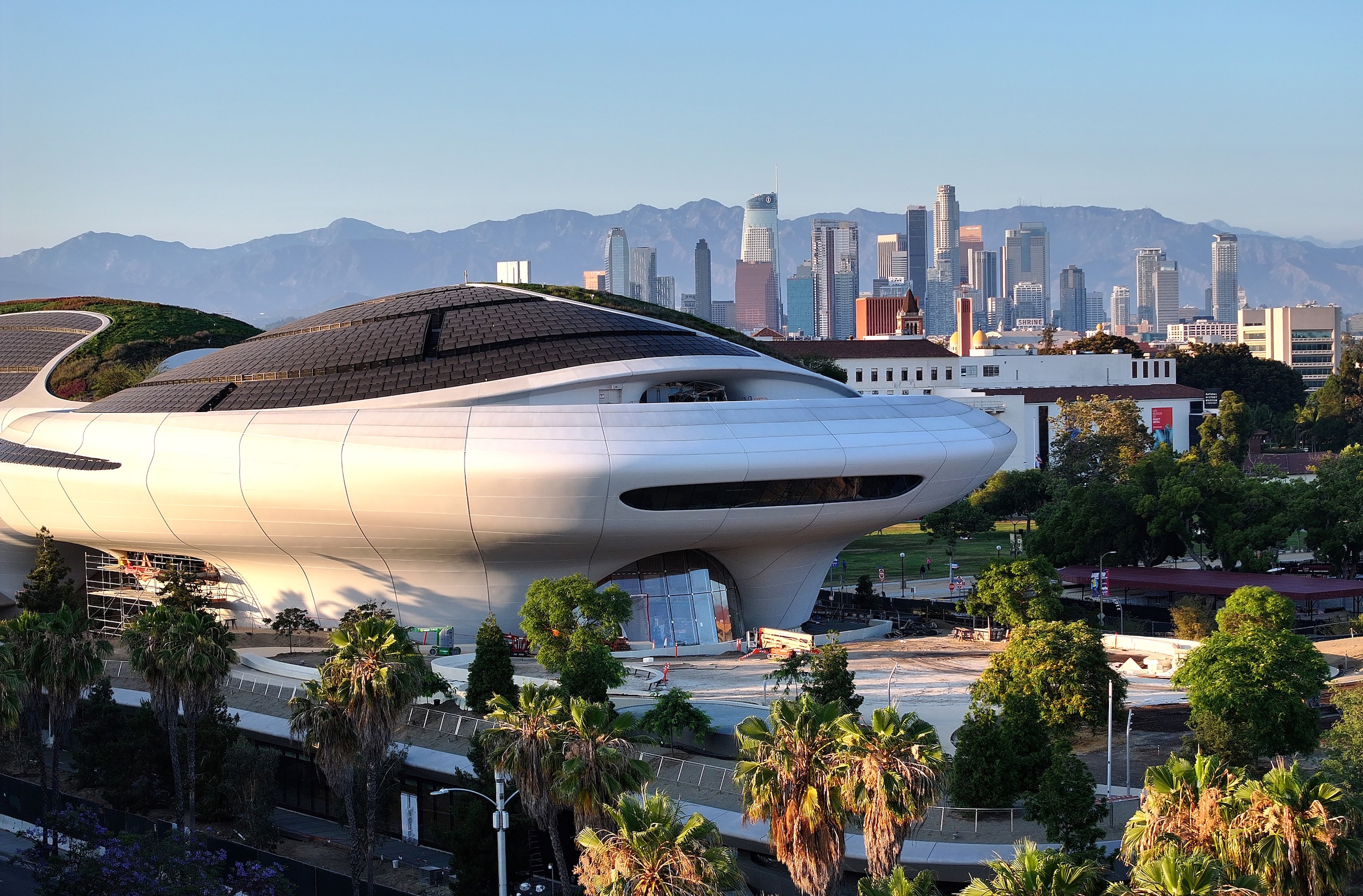 George Lucas’ otherworldly Los Angeles museum is almost finished. Here’s a sneak peek
George Lucas’ otherworldly Los Angeles museum is almost finished. Here’s a sneak peekArchitect Ma Yansong walks us through the design of the $1 billion Lucas Museum of Narrative Art, set to open early next year
-
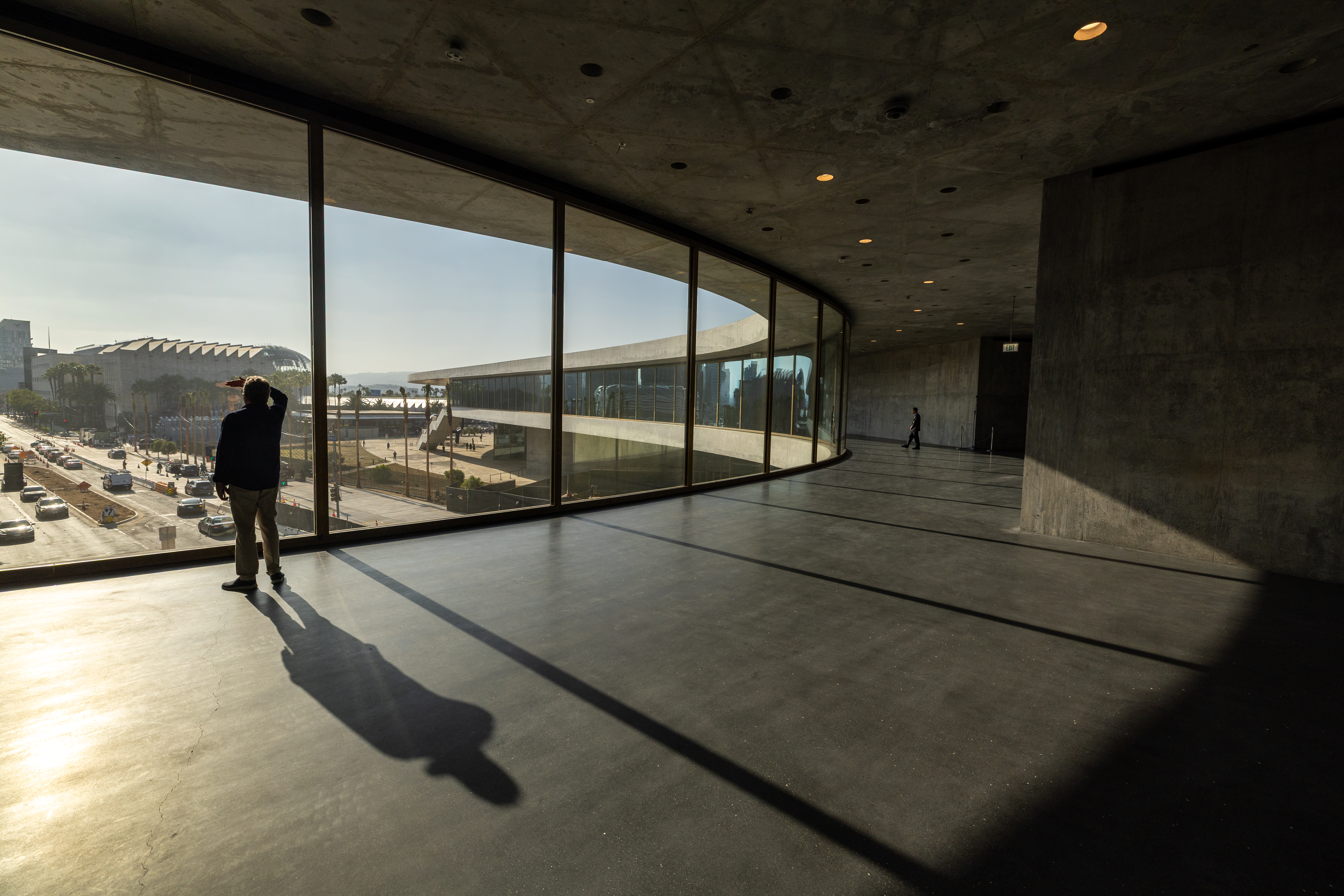 The great American museum boom
The great American museum boomNine of the world’s top ten most expensive, recently announced cultural projects are in the US. What is driving this investment, and is this statistic sustainable?
-
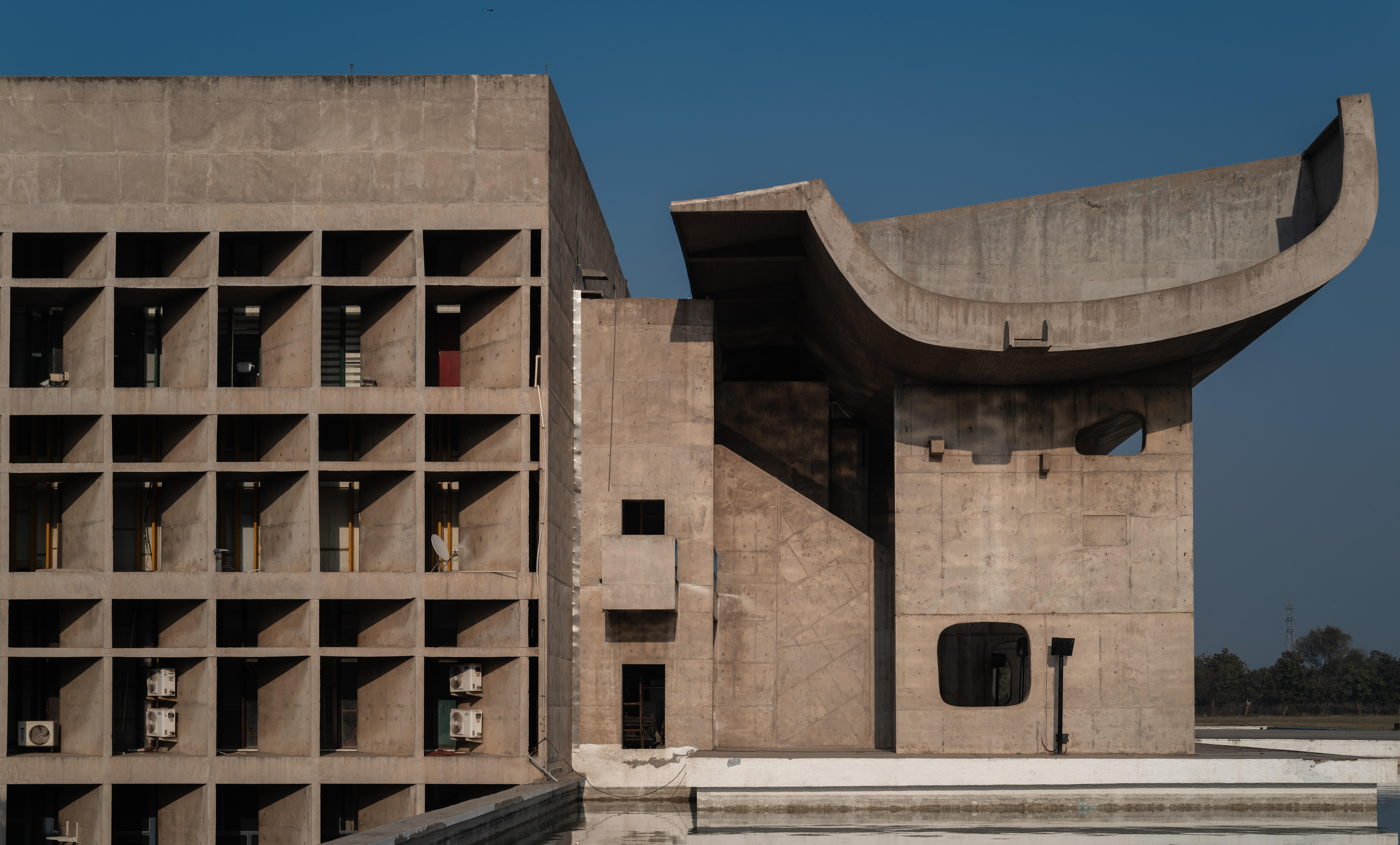 A guide to modernism’s most influential architects
A guide to modernism’s most influential architectsFrom Bauhaus and brutalism to California and midcentury, these are the architects who shaped modernist architecture in the 20th century
-
 A new book delves into Frei Otto’s obsession with creating ultra-light architecture
A new book delves into Frei Otto’s obsession with creating ultra-light architecture‘Frei Otto: Building with Nature’ traces the life and work of the German architect and engineer, a pioneer of high-tech design and organic structures